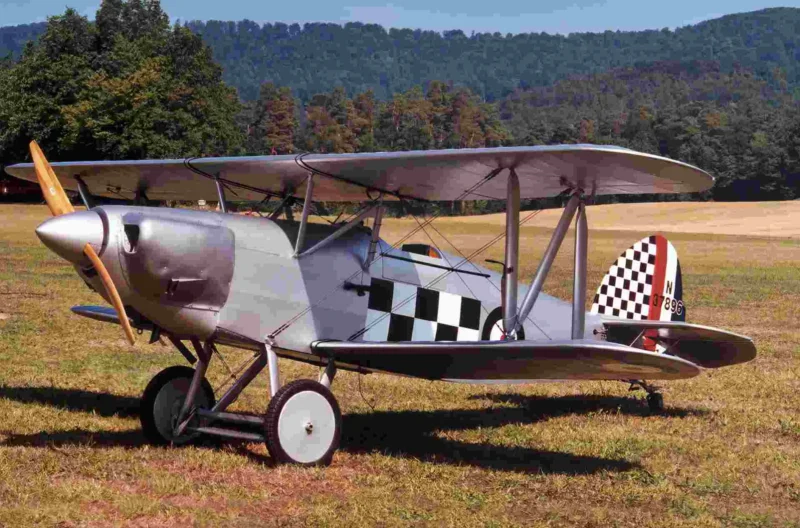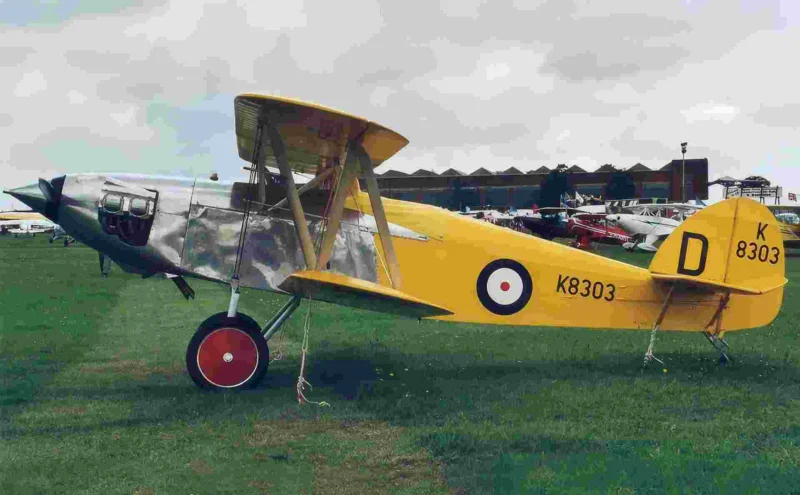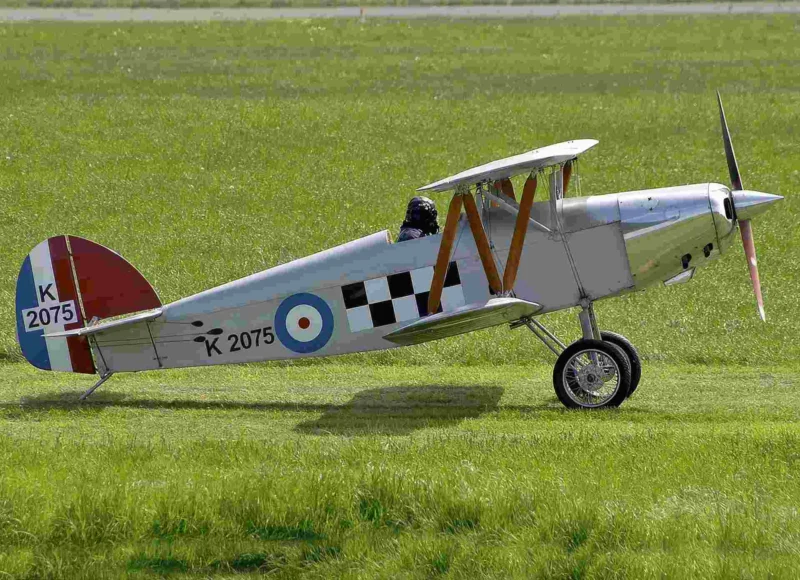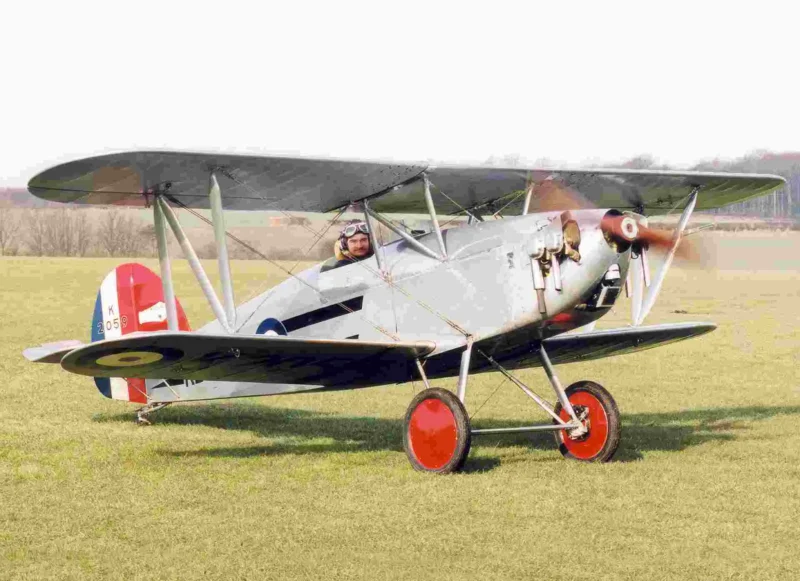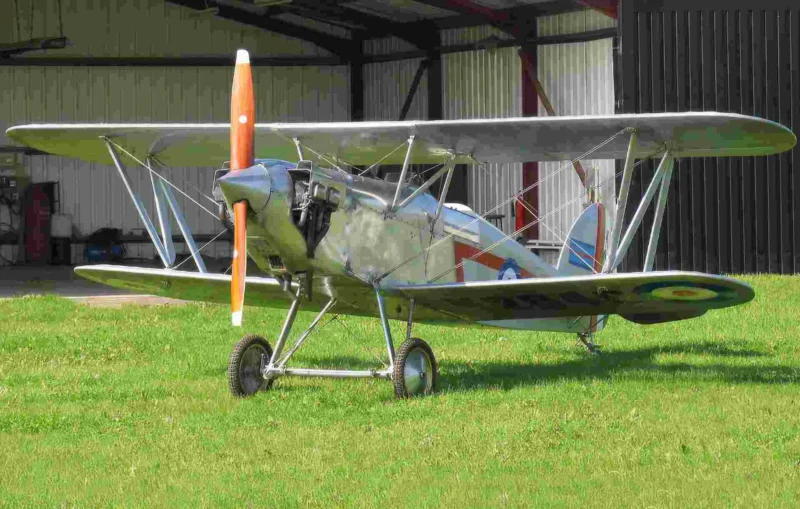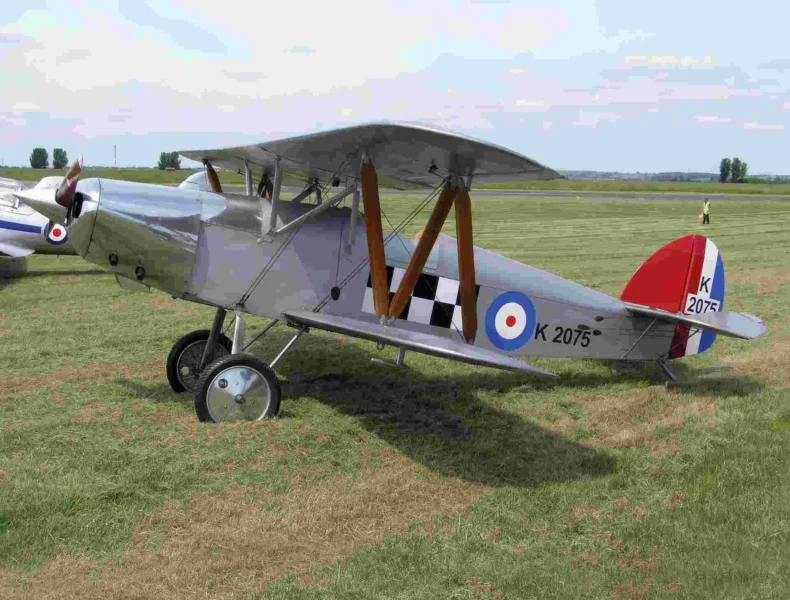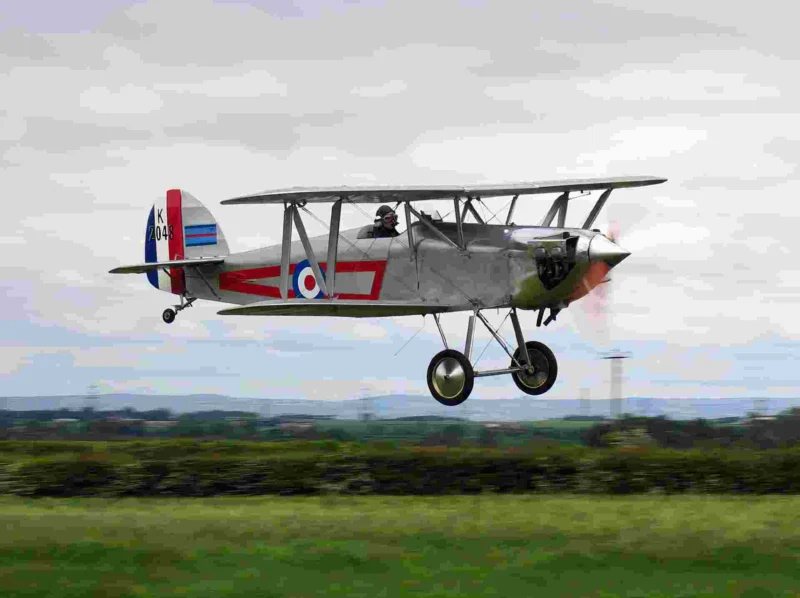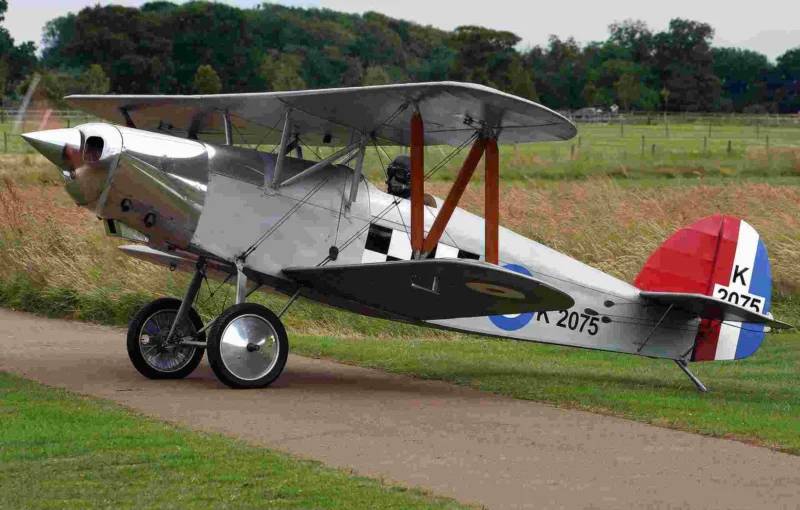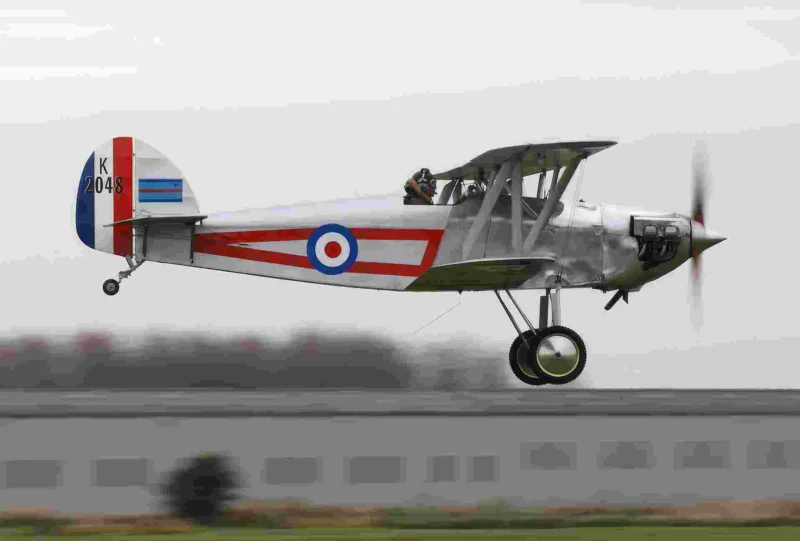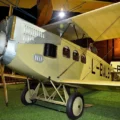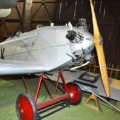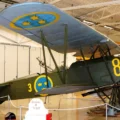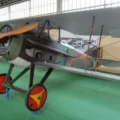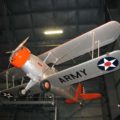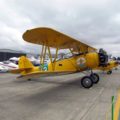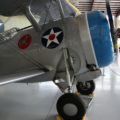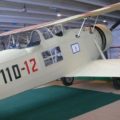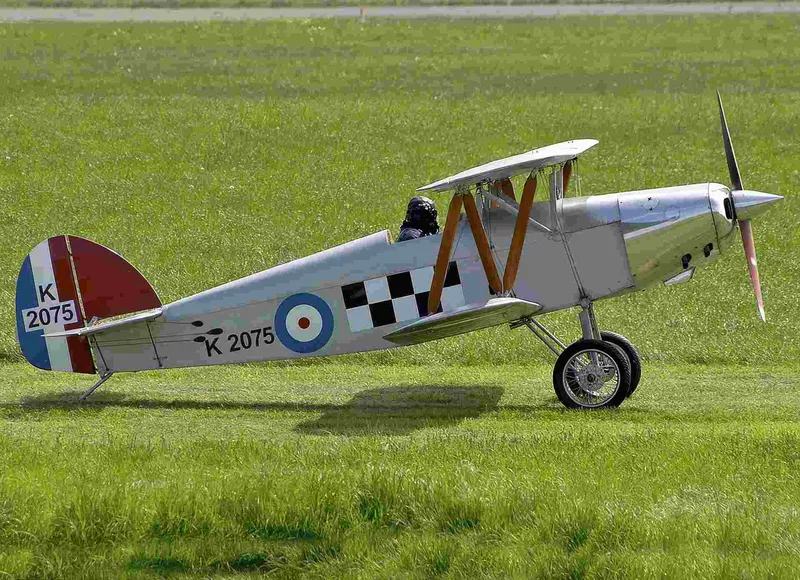
Hawker Fury | |
|---|---|
| Country | UK |
| Role | Fighter |
| First flight | 25 March 1931 |
| Built | 275 |
The Hawker Fury is a British biplane fighter aircraft used by the Royal Air Force in the 1930s.
Source: Hawker Fury on Wikipedia
| Hawker Fury II | |
|---|---|
| Photographers | Unknow |
| Localisation | Unknow |
| Photos | 56 |
See also:
The Hawker Sea Fury was a British carrier-borne fighter-bomber developed during World War II, though it entered service shortly after the war in 1947. It was a navalized and refined derivative of the earlier Hawker Tempest and is considered one of the fastest piston-engine aircraft ever built.
It was the last propeller-driven fighter to serve with the Royal Navy’s Fleet Air Arm and saw notable combat during the Korean War, including a famous instance of shooting down a jet-powered MiG-15.
Key Design and Configuration
- Type: Single-seat carrier-borne fighter-bomber.
- Design Basis: Derived from the high-performance Hawker Tempest, but was lighter, smaller, and significantly navalized.
- Naval Features: Included folding wings, an arrestor hook for carrier landings, and a reinforced undercarriage.
- Engine: Powered by the powerful Bristol Centaurus XVIII 18-cylinder radial piston engine.
Specifications (Sea Fury FB.11)
| Specification | Value |
|---|---|
| Crew | 1 |
| Powerplant | 1 × Bristol Centaurus 18 radial engine |
| Horsepower | 2,480 hp (1,850 kW) |
| Length | 34 ft 8 in (10.57 m) |
| Wingspan | 38 ft 4.75 in (11.70 m) |
| Maximum Speed | 460 mph (740 km/h) at 18,000 ft |
| Maximum Range | 700 mi (1,127 km) or 904 mi with drop tanks |
| Service Ceiling | 34,000 ft (10,363 m) |
| Armament (Guns) | 4 × 20 mm Hispano Mk V cannon (wing-mounted) |
| Armament (External) | Up to 2,000 lb of bombs or 16 rockets |
The FB.11 designation stands for “Fighter-Bomber Mark 11,” reflecting its dual role capability.
Views : 751
